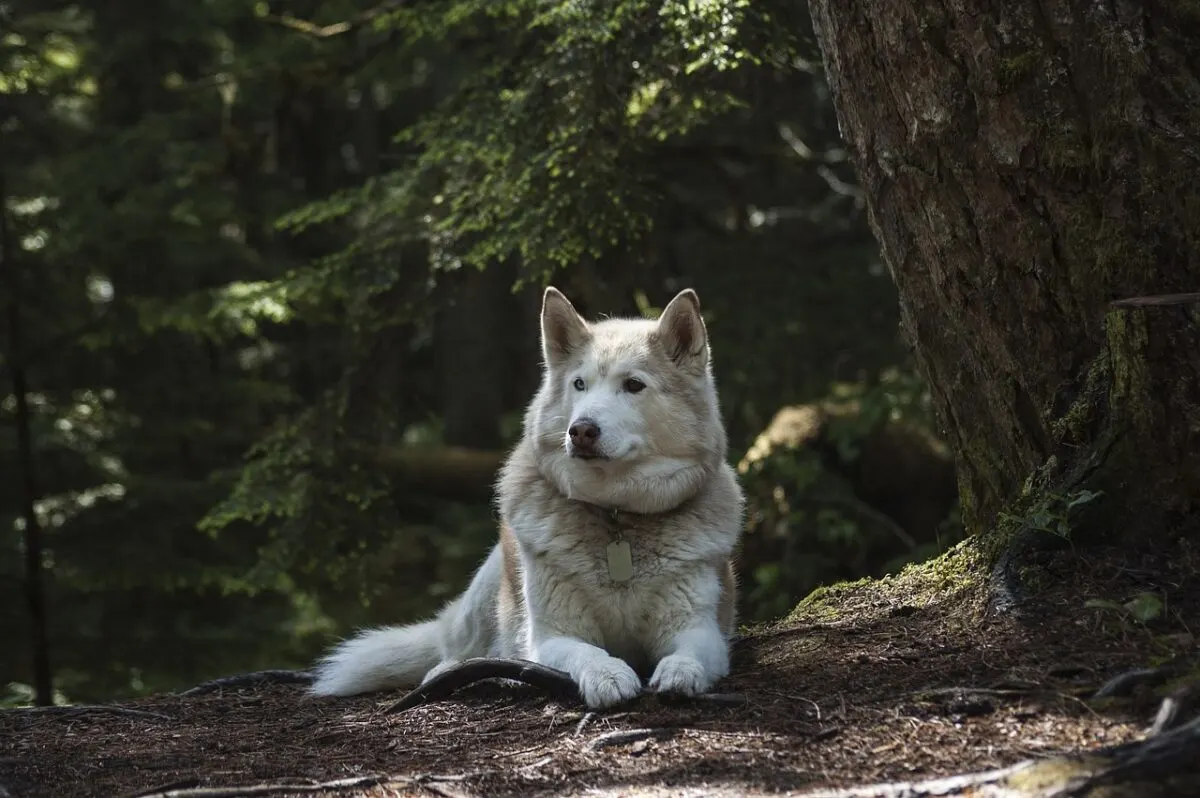The term “wolf-like dog” is generally used to describe a dog breed that closely resembles the physical appearance of a gray wolf. These breeds tend to display thick fur, robust build, and pointy ears. Some of the most popular wolf-like dog breeds include the Alaskan Malamute, Siberian Husky, German Shepherd, and Saarloos Wolfdog.
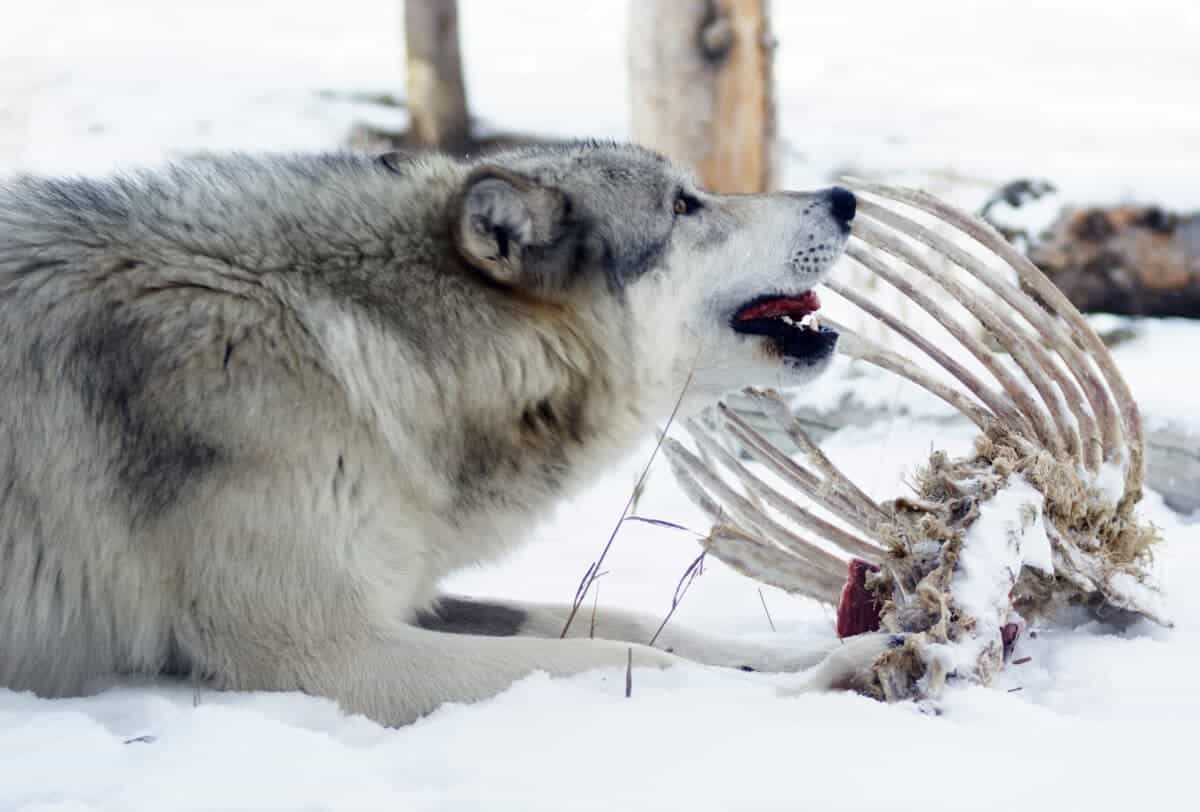
It’s important to note that while these dogs may look similar to wolves, they are still domestic dogs and have been bred over generations to be friendly and loyal pets. However, it’s also important to consider that many wolf-like breeds have a high energy level and can be challenging to train and care for, especially for inexperienced dog owners.
Overall, if you’re considering getting a wolf-like dog, it’s essential to research the breed you’re interested in. Make sure that the breed is a good fit for your lifestyle and living situation.
So, let’s get to know these dogs so that you can find the best four-legged match for you!
History of Wolf-Like Dogs
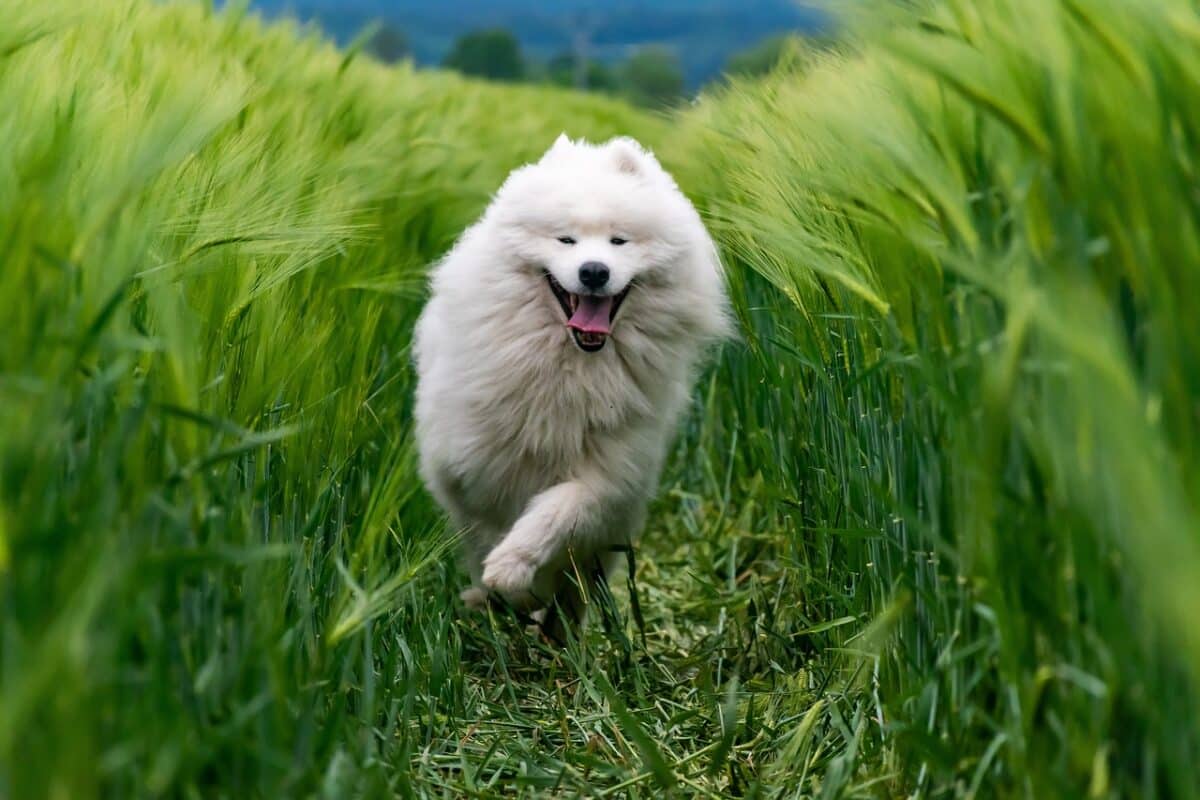
The history of wolf-like dogs is closely tied to the dog’s domestication. Wolves and dogs are close relatives; dogs are descendants of wolves that were domesticated by early human societies.
The exact timeline and process of domestication remains the subject of scientific debate, but it is widely accepted that dogs were domesticated from gray wolves at least 15,000 years ago. This domestication likely occurred in multiple locations worldwide, as humans and wolves lived nearby each other. Over time, humans selectively bred certain wolves for loyalty, obedience, and sociability, eventually creating the first dog breeds as we know them today.
Many dog breeds have wolf-like appearances; these breeds have retained many of the physical characteristics of their wolf ancestors but have also been selectively bred for specific traits that make them suitable as working or companion animals.
Recently, there has been a growing popularity of so-called “wolfdogs.” These animals have become popular pets in some countries, although they can be challenging to manage and care for due to their high energy levels.
The history of wolf-like dogs is a fascinating story of domestication, evolution, and human-animal interaction. It continues to be a subject of study and discussion today.
Popular Breeds of Wolf-Like Dogs
Several breeds of dogs have a wolf-like appearance; here are some of the most popular ones.
#1 Alaskan Malamute
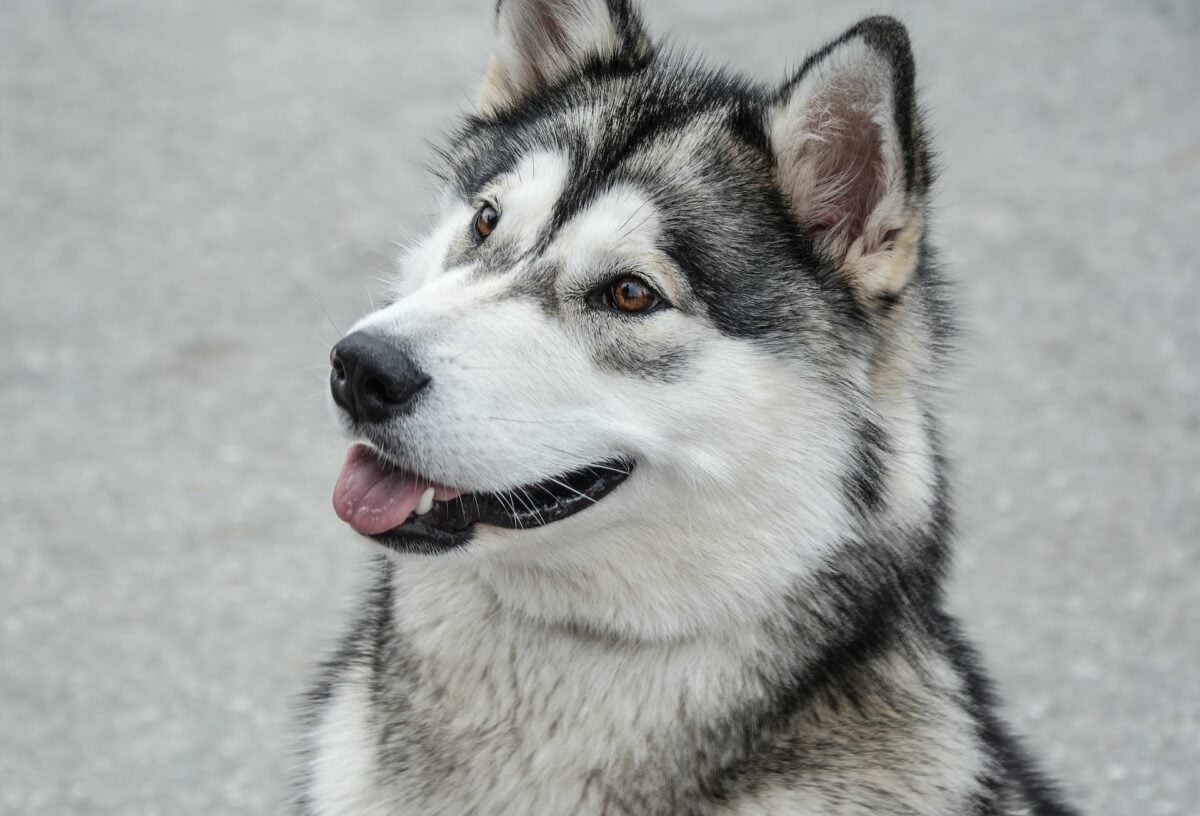
The Alaskan Malamute is one of the oldest breeds of dog that originated in Alaska. It is one of the largest Arctic sled dogs and was originally bred for hauling heavy loads across long distances in harsh conditions. The breed is consequently known for its strength, endurance, and loyalty. To this day, it is a popular pet and working dog.
Alaskan Malamutes are social and friendly dogs that typically get along well with children and other pets. They have thick, fluffy coats that require regular grooming to maintain their appearance and are well-suited to cold climates.
#2 Siberian Husky
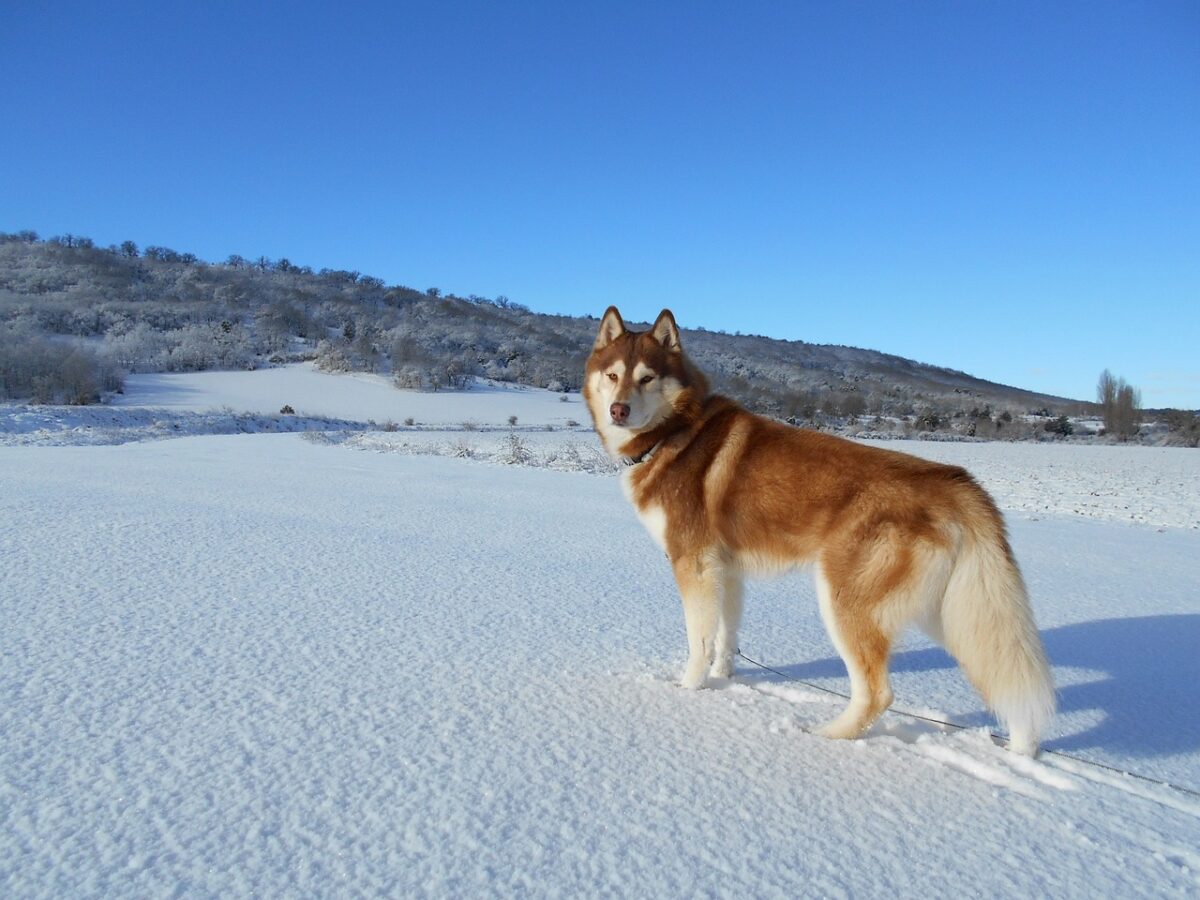
The Siberian Husky is a type of dog that originates from Siberia, Russia. They are well known for their thick fur coats and unique appearance, which includes their blue or multi-colored eyes and wolf-like appearance.
Siberian Huskies were also primarily used as working dogs in the past and were used for sledding and herding livestock. They are highly active and energetic and require plenty of exercise and outdoor activity to stay happy and healthy.
#3 Samoyed
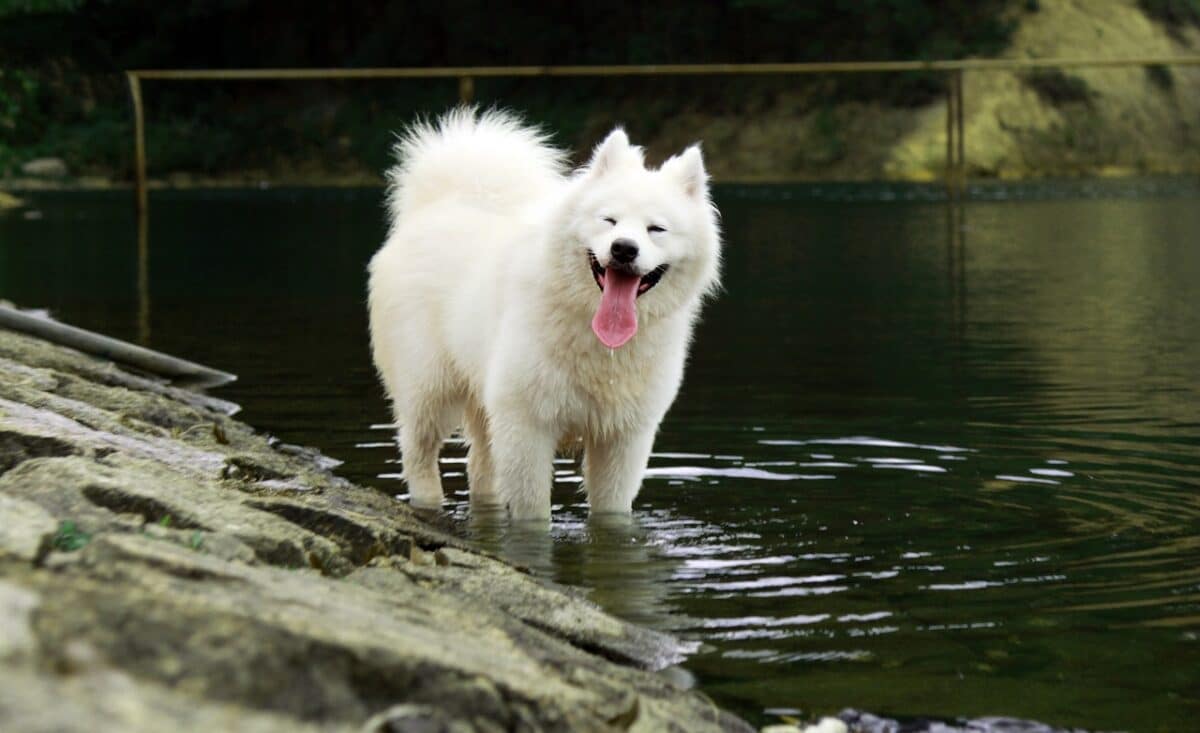
The Samoyed is a type of dog originated in Russia and was initially used as a herding dog by the Samoyedic people of the Siberian Arctic. It is a large and fluffy breed known for its thick white fur and smiling expression.
Samoyeds are especially friendly. They are affectionate and intelligent dogs that make great family pets. Moreover, they are also known for their solid working abilities, such as sledding, herding, and guarding livestock.
#4 German Shepherd
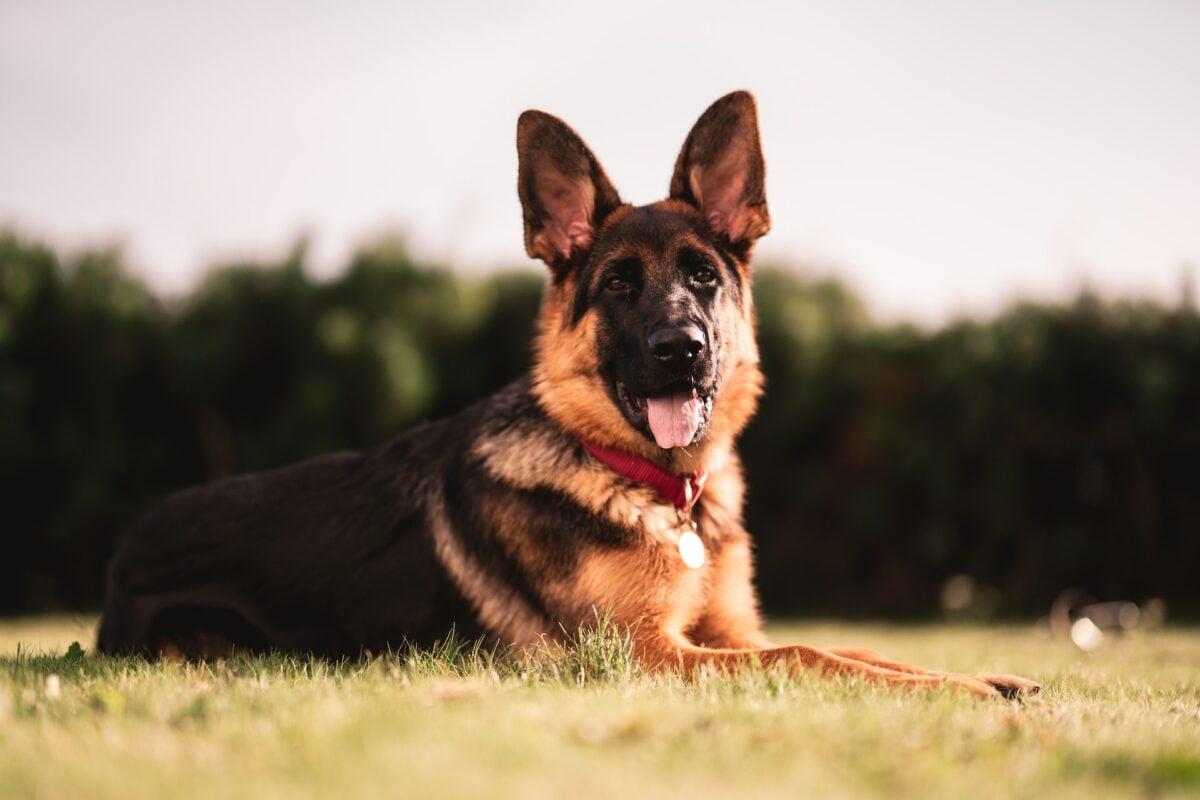
The German Shepherd, renowned for its intelligence, loyalty, and remarkable versatility, has a storied history. Initially bred for herding sheep, these dogs have found diverse roles in various fields. They are widely employed in police and military work due to their proficiency in search and rescue operations. Additionally, their high trainability makes them indispensable in therapy as they excel as companion animals.
German Shepherds are imposing in size, with males tipping the scales at 50-90 pounds and females at 40-70 pounds. They possess a distinctive appearance, characterized by a robust build, a straight back, and an overall athletic look.
These canines sport a dense double coat that comes in various colors, including black and tan, ebony, and solid black. Highly social creatures, German Shepherds thrive when surrounded by people or other dogs, a testament to their strong need for companionship.
#5 Alaskan Klee Kai
The Alaskan Klee Kai, a breed of dog originating in Alaska during the 1970s, is a small to medium-sized canine often affectionately referred to as a “miniature Husky.” Sporting a wolf-like appearance, characterized by its thick fur, triangular ears, and expressive eyes, this breed stands out.
Renowned for its intelligence and boundless energy, the Alaskan Klee Kai requires regular exercise and mental stimulation to stave off boredom and prevent destructive behavior. These dogs are also highly sociable, thriving in the company of their human companions and fellow canines. Their manageable size makes them well-suited for apartment living, rendering them excellent companions for individuals and families alike.
#6 Shiba Inus
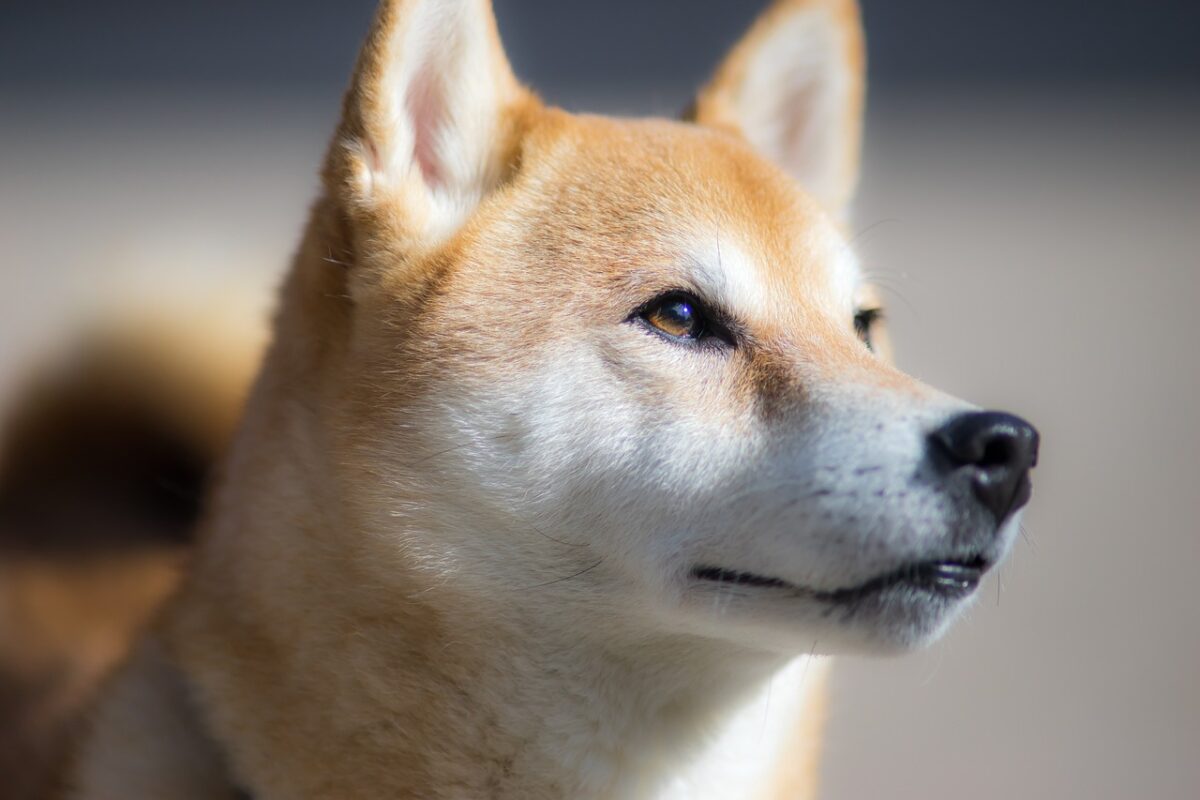
Shiba Inu is a type of dog that originated in Japan. They are small to medium-sized dogs with a distinctive appearance, featuring a thick, double coat that is most commonly red but can also be black and tan, sesame, or cream.
The Shiba Inus are known for their loyalty, affection towards their owners, and strong-willed and independent nature. They were initially bred for hunting, and therefore have a high prey drive and a strong instinct to chase small animals. Despite their independent nature, Shiba Inus are highly trainable with consistent, positive reinforcement training. They are also known for being clean and low-maintenance dogs that are easy to take care of.
#7 Canaan Dog
These breeds are not actual wolves but have been selectively bred to resemble wolves in appearance and behavior. It’s important to remember that while they may look like wolves, they are still domesticated dogs and have different temperaments and behavior than wolves.
The Canaan Dog is an affectionate and faithful companion in their family. Towards strangers they are typically very watchful and distrustful. These dogs have a great reaction time and are extremely lively.
Characteristics of Wolf-like dogs
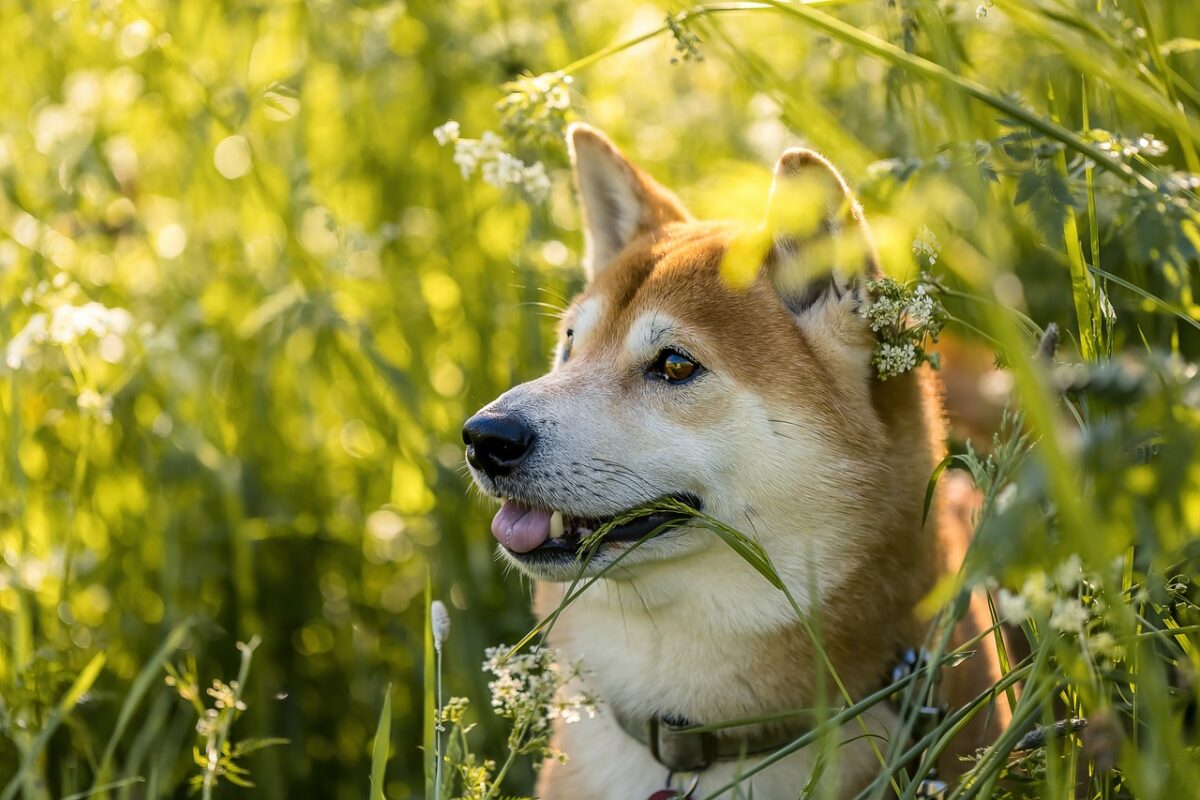
Wolf-like dogs are various breeds of dogs that have captured the hearts of many pet owners due to their striking resemblance to wolves. Following are the general characteristics mostly seen in wolf-like dogs.
Temperament
Wolf-like dogs are known for being highly social animals that bond strongly with their owners. They are often described as loyal, affectionate, and friendly – making them great companions for people who love spending time with their pets.
However, they are also known for being strong-willed and stubborn, sometimes making them challenging to train. They protect their owners and territory and can be wary of strangers, making them effective guard dogs.
Intelligence
Wolf-like dogs are frequently of high intelligence and are capable of learning quickly. They are known for their excellent problem-solving skills and ability to understand complex commands. This makes them ideal for advanced obedience and agility training, and they excel in these areas. It is for these reasons that most of these dogs have been used as working dogs for centuries.
Trainability
Wolf-like dogs are highly trainable but can be stubborn and require a firm and consistent training approach. It is important to start training them young and establish clear boundaries and rules.
They respond well to positive reinforcement techniques, such as treats and praise. Note that they do not respond well to harsh or harmful training methods. They are quick learners and enjoy learning new tricks and commands, making training a fun and enjoyable experience for both the owner and the dog.
Caring for Wolf-Like Dogs
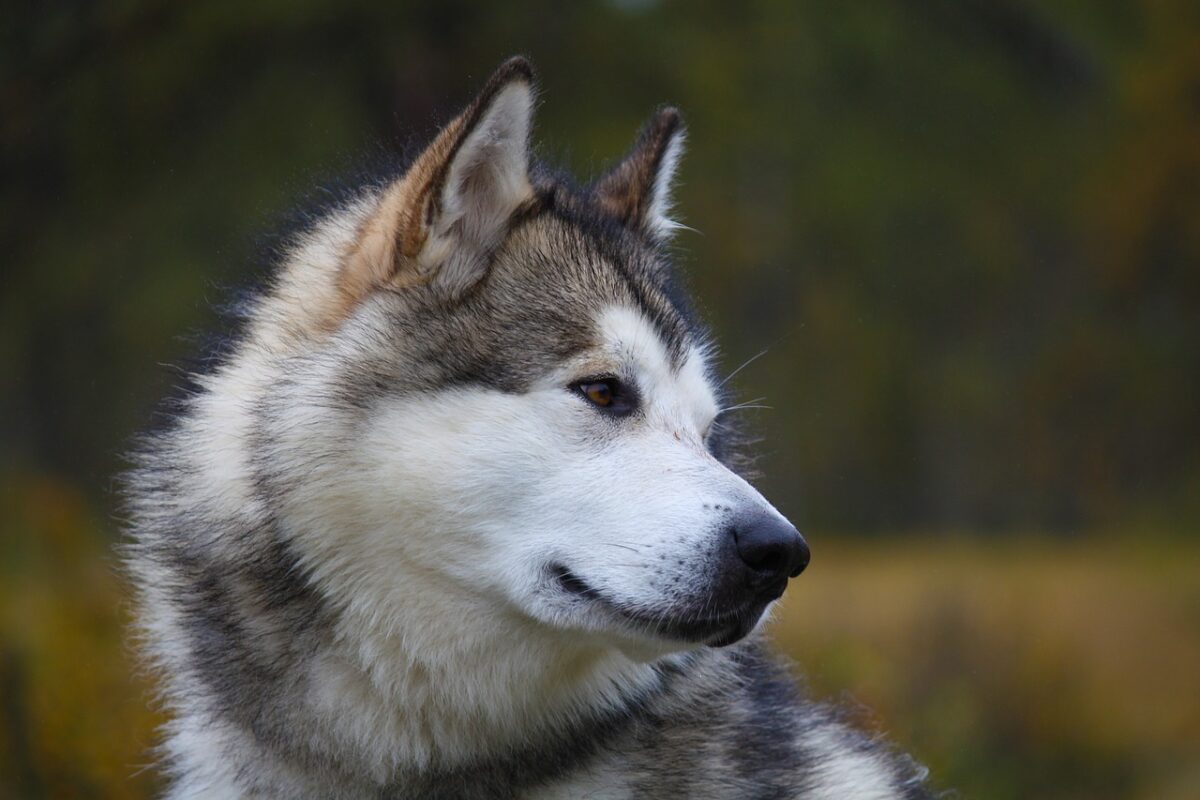
Wolf-like dogs are generally hardy and healthy breeds, but they still require proper care and attention to maintain their physical and mental well-being. Here are some tips for caring for wolf-like dogs:
Exercise
Wolf-like dogs are generally highly active and need a lot of physical activity to keep them healthy and happy. Make sure to give them regular exercise, such as long walks, runs, and playtime.
Diet
Provide your wolf-like dog with a balanced diet that meets all its nutritional needs. High-quality dry dog or raw food diets can be a good option for these breeds. Their diet needs to be adjusted according to their age and activity levels.
Socialization
Socialization is important for all dogs. Maybe especially when it comes to wolf-like breeds, as other people have a tendency to be a bit weary of them due to their size and appearance. Continuously introduce them to new animals and environments while they’re puppies to help them become well-rounded and confident.
Grooming
Wolf-like dogs have thick fur coats that shed seasonally, so brushing them on a regular basis is essential to keep them in good condition.
Health
Regular check-ups with a veterinarian and routine vaccinations are important to maintain your dog’s health. Take them to the vet immediately if necessary.
Common Misconceptions About Wolf-Like Dogs
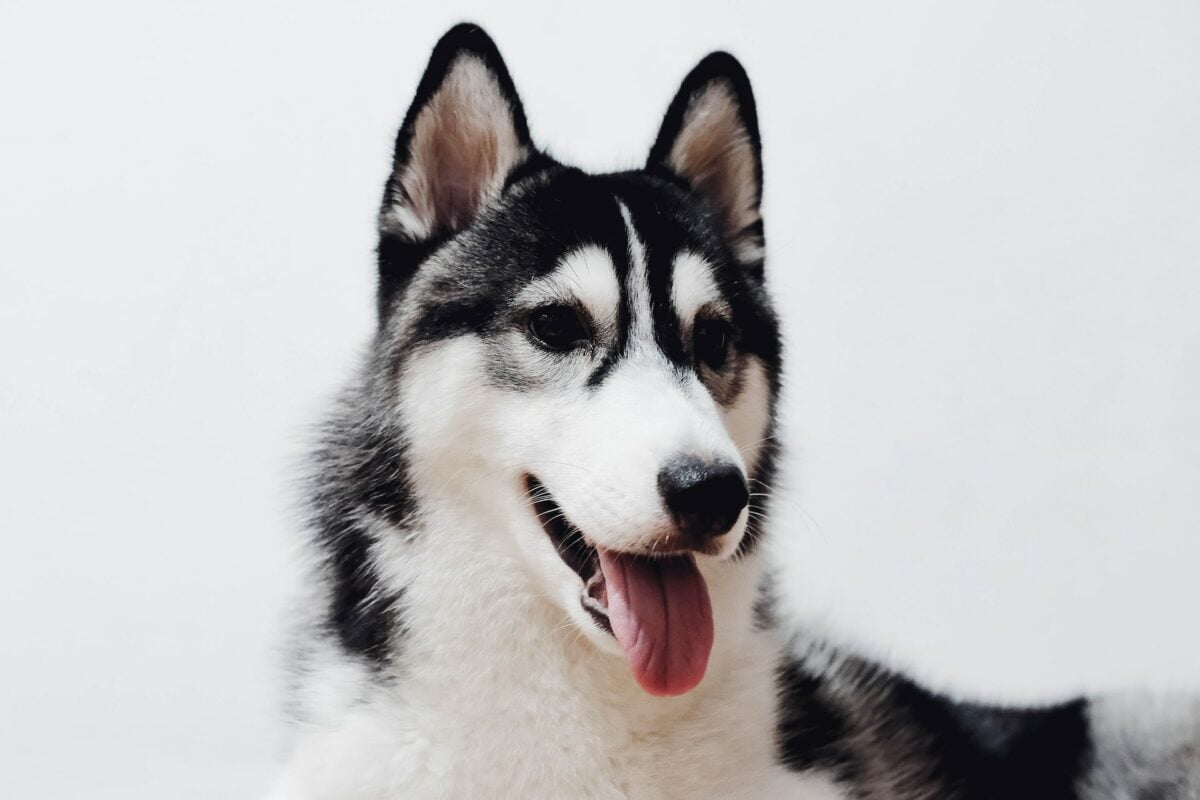
Wolf-like dogs, sometimes called wolfdogs, bear particular resemblance to the ancestors of all dogs – wolves. These dogs have gained popularity recently, but many misconceptions surround them.
Aggression Towards Humans
One of the biggest misconceptions about wolf-like dogs is that they are naturally aggressive toward humans. This is simply not true. Like any other dog breed, wolf-like dogs are individuals and can exhibit different temperaments, but it is generally not their nature to be aggressive toward humans.
Many wolf-like dogs make loving and loyal pets that are affectionate with their owners. However, it is vital to note that these dogs can be a handfull and require a more experienced owner who can provide proper socialization and training.
Legal Restrictions
Another common misconception about wolf-like dogs is that they are illegal to own, which is not true in all cases. In some areas, wolf-like dogs may be considered exotic pets and have restrictions on their ownership, while in other places, they may be treated as any domesticated breed. Before acquiring a wolf-like dog, it is important to research the laws in your area to ensure that you are not breaking any regulations.
Hybridization and Breeding Practices
There is a misconception that wolf-like dogs are sometimes created through irresponsible hybridization and breeding practices. Although irresponsible breeders do exist, this is rare.
The majority of breeders carefully plan their litters, considering the temperaments and genetic health of both parents. Responsible breeders also socialize their puppies from an early age, providing them with positive experiences with people and other animals.
Advantages and Disadvantages of Owning a Wolf-Like Dog
Owning a wolf-like dog is not for everyone, as there are advantages and disadvantages.
Pros of Owning a Wolf-Like Dog
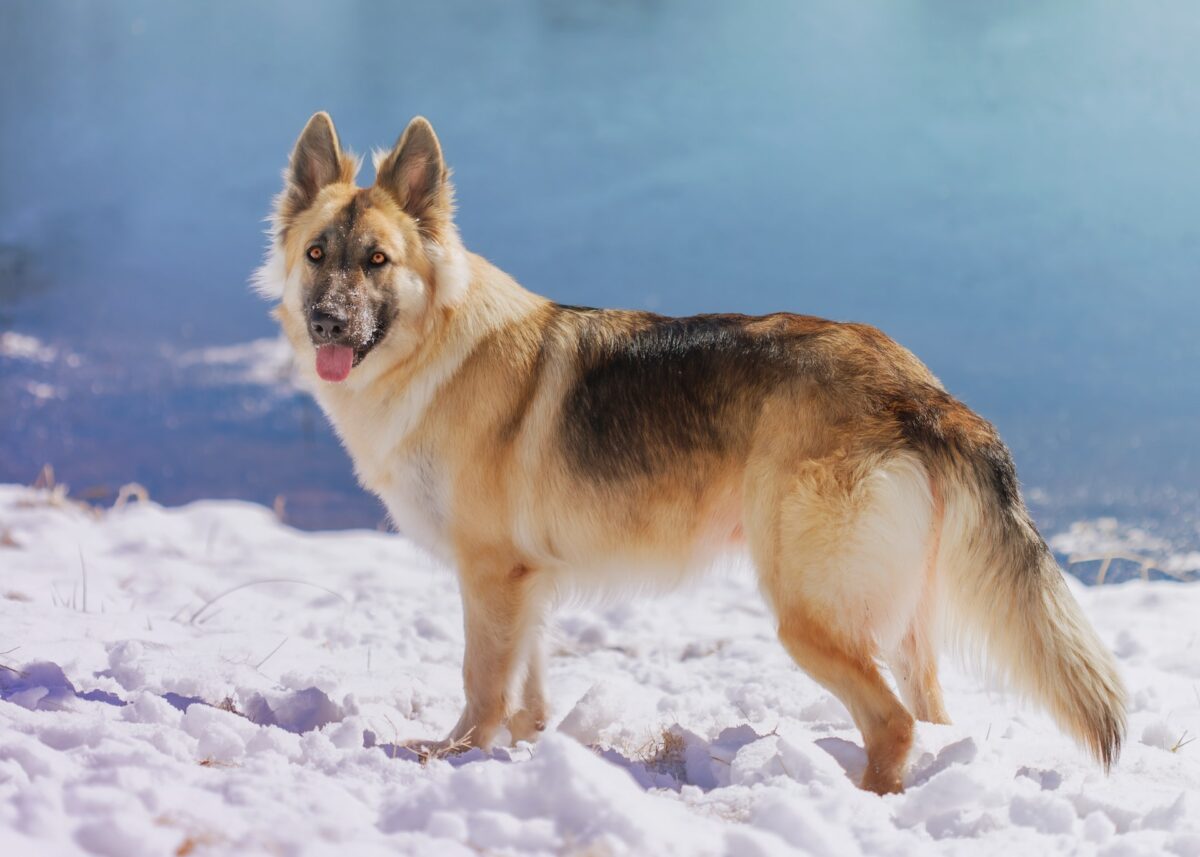
#1 Loyalty and Affection
Wolf-like dogs are known for their loyalty and affection toward their owners. These dogs are incredibly social and love to spend time with their families. They form strong bonds and are always eager to please their fellow pack members.
#2 Trainability
Wolf-like dogs are intelligent and eager to learn. They respond well to positive reinforcement and are quick learners. With proper training, wolf-like dogs can be taught to perform a wide range of tricks and obedience commands.
#3 Protection
Wolf-like dogs are naturally protective of their families; they are alert in nature and make excellent watchdogs. These dogs have a strong territorial instinct and will not hesitate to defend their family if they sense a threat.
Cons of Owning a Wolf-Like Dog
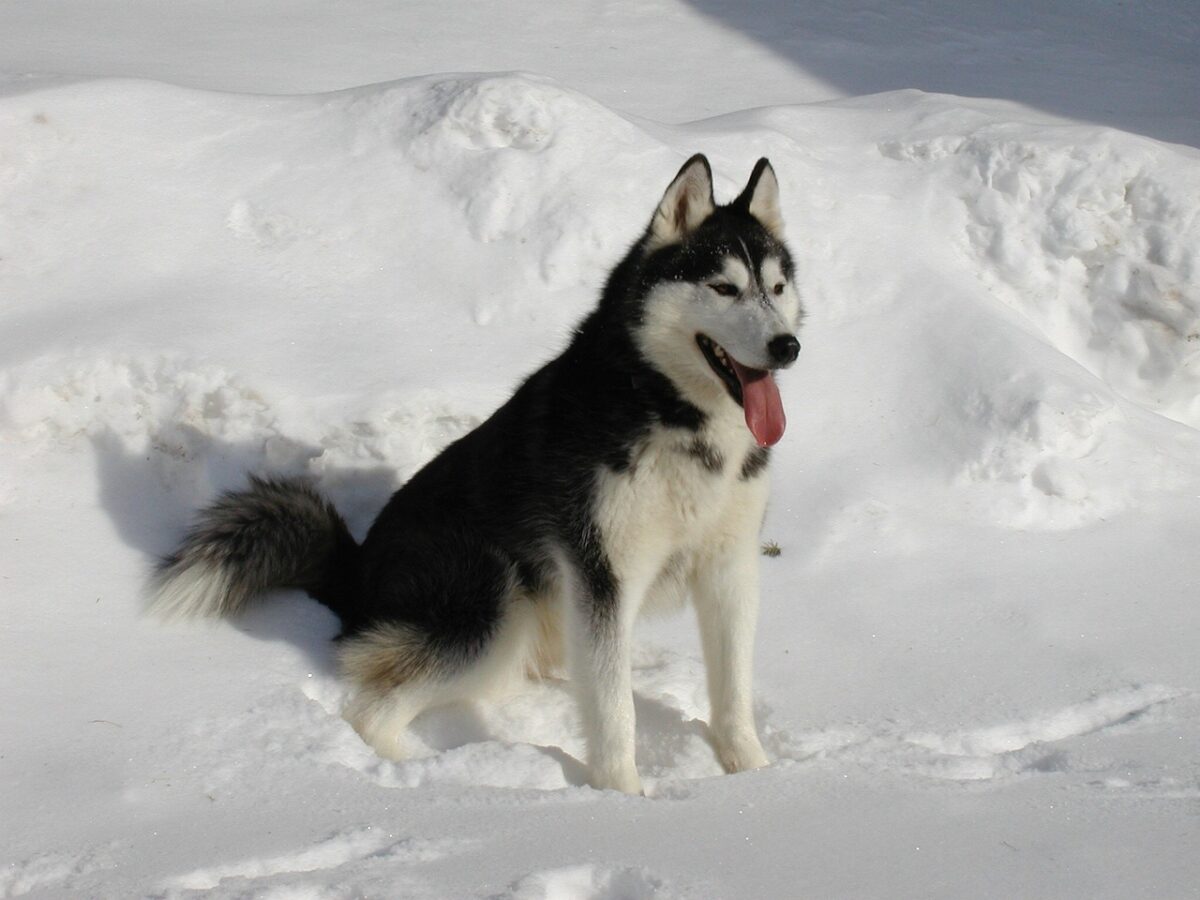
#1 High Energy Level
Wolf-like dogs have a high energy level and need a lot of exercise to stay happy and healthy. They are bred for work and are used to being active for long periods. If you are not engaged or have little time to devote to your dog, there may be better choices for you than a wolf-like dog.
#2 Need for Proper Training and Socialization
Wolf-like dogs need proper training and socialization to become well-behaved and well-adjusted pets. They are not naturally well-behaved dogs and require a lot of patience and dedication from their owners. It should be noted that this goes for many other dog breeds as well, and does not only apply to wolf-like dog breeds.
Recommendation for Those Considering a Wolf-like Dog as a Pet
If you are considering a wolf-like dog as a pet, it is essential to carefully consider your lifestyle and ability to meet the needs of such an animal. It includes providing a suitable living environment, plenty of exercise, and consistent training and socialization. Additionally, you should be prepared for the added responsibility and cost of caring for a wolf-like dog.
It is also essential to find a reputable breeder or rescue organization and thoroughly research the breed before deciding. It will ensure that you are making an informed decision and that you can provide a safe and loving home for your new pet.
Conclusion
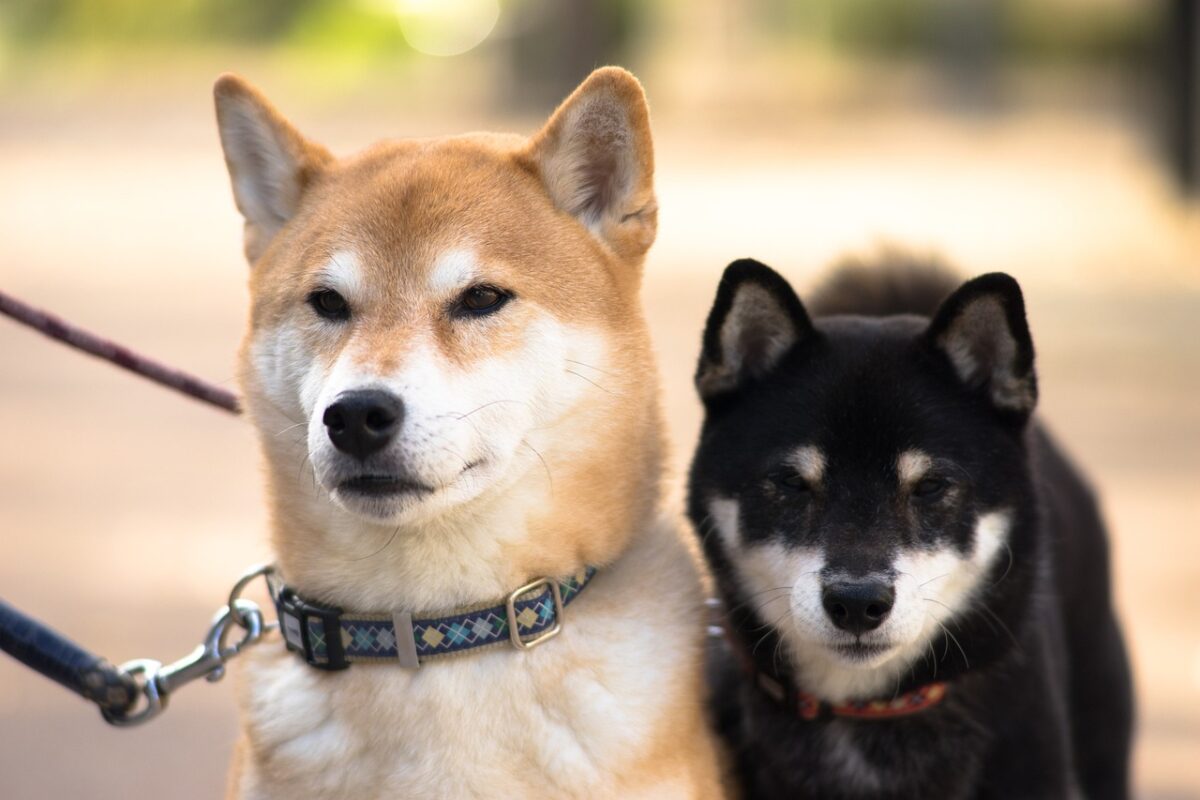
| Key Points |
| The term “wolf-like dog” is generally used to describe a dog breed that closely resembles the physical appearance of a gray wolf. |
| It is believed that dogs are descendants of wolves that were domesticated by early human societies. |
| Wolf-like dogs are known for being highly social animals that bond strongly with their owners. |
| Wolf-like dogs are naturally protective of their families. They are alert and making them excellent watchdogs. |
| Wolf-like dogs can make excellent pets, but they are not suitable for everyone. With their unique needs and high energy-levels, they require a dedicated and responsible owner. |
Wolf-like dogs can make excellent pets, but they are not suitable for everyone. With their unique needs and behavior, they require a dedicated and responsible owner who is prepared to meet their requirements and high energy levels. Before bringing a wolf-like dog into your home, it is important to carefully consider your lifestyle and research the breed and reputable breeders in your area.
Thank you for reading this article! Maybe this has put you in the mood to learn more about their ancestors? Read our post on the Coyote vs. Wolf.
- Man On Motorbike Rescues Cat From Highway - April 23, 2024
- Chicago Cat Jumps From 5th Floor of Burning Building and Survives - April 22, 2024
- The Cruelest Contest in the World: Rattlesnake Round-Ups - April 21, 2024

